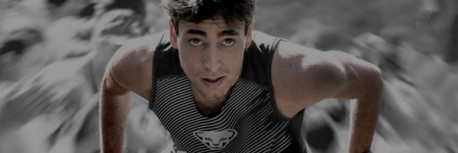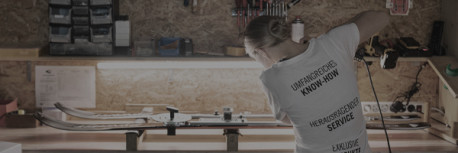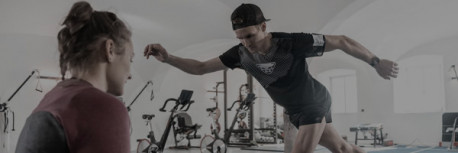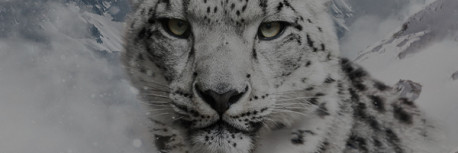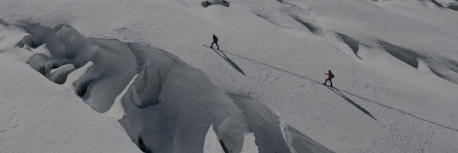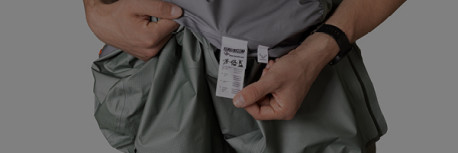From nutritional science and training teachings, we know that balanced nutrition accelerates recovery. Indeed, not only during training is the correct nutritional intake essential, but also during races themselves can it determine success or failure. What the body needs during ultras and what the stomach during such intense physical exertion can handle must be tried out during pre-race training But how do you approach this? It is precisely the newbies in the ultra world who are totally bombarded with nutritional information. So we asked a few folks who know what to do – ultra athletes and sports scientists.
Paleo: Hannes Namberger (Dynafit athlete)
Paleo principle – In general, Hannes relies on predominately on meat, fish, fruit, vegetables, nuts and seeds for nutrition. Processed foods such as wheat, sugar and dairy products belong to “stone age nutrition” and were never on the menu for hunters and gatherers. This method of nutrition seems to do him well because his achievements in ultrarunning speak for themselves. Hannes also lets us in on a few other musts:
• Drink, drink, drink! In races, he plans on three-quarters of a liter per hour.
• Tolerance needs to be tried out in training: When it comes to eating or drinking on race day, nothing goes into Hannes’ pack that hasn’t already been tried in training.
• First low carb, then carbo loading: Starting seven days and up to three days prior to a race, Hannes eats very few carbohyrates, but instead relies on fish and vegetables. Three days prior to race day, he then starts eating primarily carbohydrates in the form of potatoes, sweet potatoes, rice, vegetables and coconut milk.
Nutrition during the race
o Shorter distances (30-50k): isotonic sports electrolyte drinks, gels and possibly 1-2 energy bars.
o Longer distances (50k and up): In addition, to the above, Hannes adds to his nutritional intake dates, bananas and potatoes. Now and again, he has a cola, but then only shortly before the finish.
·


